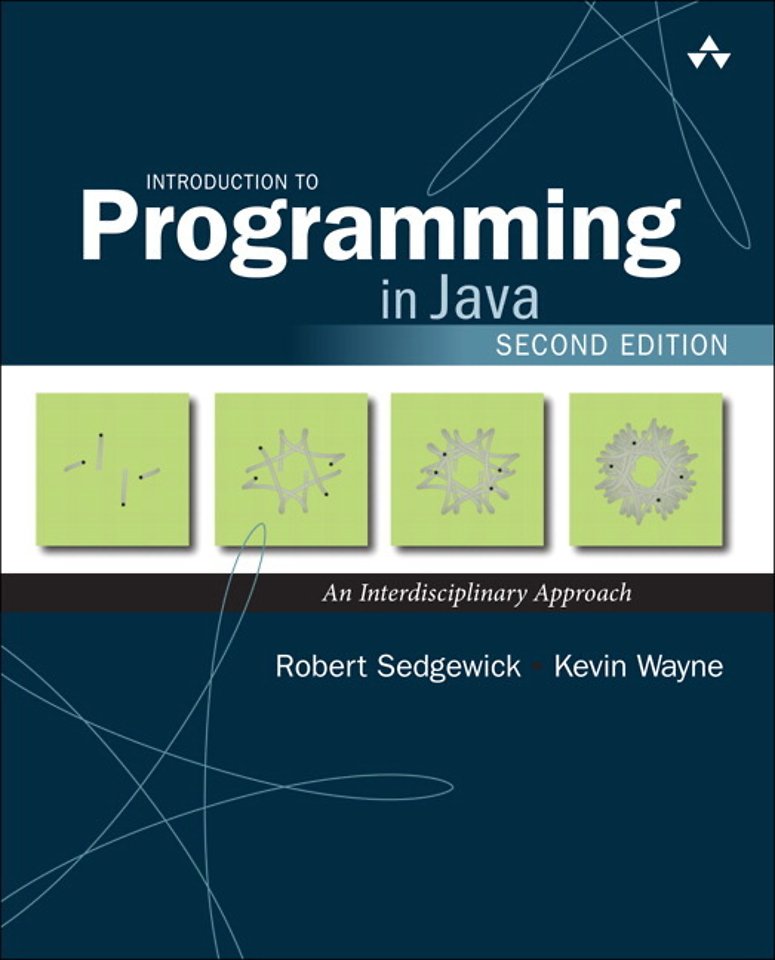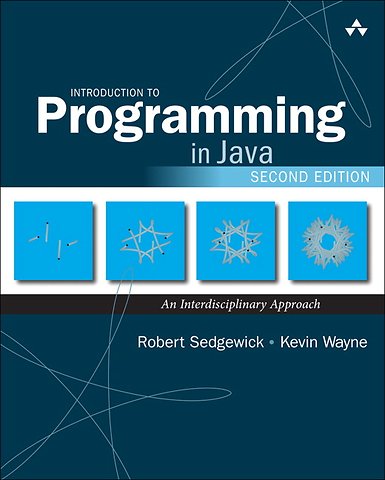Introduction to Programming in Java
An Interdisciplinary Approach
Samenvatting
Learning to program is essential to the education of every student - in the sciences, engineering, and far beyond. As students learn to create useful applications, they also take the first steps towards understanding the computer sciences' massive impact on the modern world. Using Java, this book aims to teach programming to anyone who needs or want to learn it, in a scientific context. Princeton University's Robert Sedgewick and Kevin Wayne teach essential skills for computational problem-solving that are applicable in many modern computing environments.
Fully updated to reflect Java 8 and Java's modern 64-bit memory model, this edition teaches through important examples from science, mathematics, engineering, and commercial computing. Each chapter contains questions and answers, exercises, creative exercises, and a compelling, classroom-tested case study -- all reflecting the authors' 20+ years of experience teaching introductory programming and computer science at Princeton.
Coverage includes:
- Elements of programming: conditionals, loops, arrays, I/O, and more
- Functions and modules: static methods, libraries, clients, and recursion
- Object-oriented programming: creating and designing data types
Algorithms and data structures: performance, sorts, searches, stacks, queues, and symbol tables
Like all of Sedgewick and Wayne's books, 'Introduction to Programming in Java, Second Edition' is supported by an extensive website, including libraries for programming with graphics and sound, as well as hundreds of Java programs and real-world data sets. These resources enable readers to work with interesting and engaging examples from the very beginning, helping them discover that programming is a natural, satisfying, and creative experience.
Specificaties
Inhoudsopgave
Preface
Chapter 1: Elements of Programming
1.1 Your First Program
1.2 Built-in Types of Data
1.3 Conditionals and Loops
1.4 Arrays
1.5 Input and Output
1.6 Case Study: Random Web Surfer
Chapter 2: Functions and Modules
2.1 Defining Functions
2.2 Libraries and Clients
2.3 Recursion
2.4 Case Study: Percolation
Chapter 3: Object-Oriented Programming
3.1 Using Data Types
3.2 Creating Data Types
3.3 Designing Data Types
3.4 Case Study: N-Body Simulation
Chapter 4: Algorithms and Data Structures
4.1 Performance
4.2 Sorting and Searching
4.3 Stacks and Queues
4.4 Symbol Tables
4.5 Case Study: Small-World Phenomenon
Context
Glossary
Index
APIs
Anderen die dit boek kochten, kochten ook
Net verschenen
Rubrieken
- aanbestedingsrecht
- aansprakelijkheids- en verzekeringsrecht
- accountancy
- algemeen juridisch
- arbeidsrecht
- bank- en effectenrecht
- bestuursrecht
- bouwrecht
- burgerlijk recht en procesrecht
- europees-internationaal recht
- fiscaal recht
- gezondheidsrecht
- insolventierecht
- intellectuele eigendom en ict-recht
- management
- mens en maatschappij
- milieu- en omgevingsrecht
- notarieel recht
- ondernemingsrecht
- pensioenrecht
- personen- en familierecht
- sociale zekerheidsrecht
- staatsrecht
- strafrecht en criminologie
- vastgoed- en huurrecht
- vreemdelingenrecht







